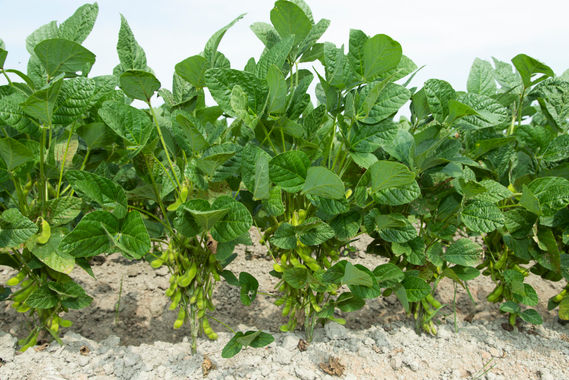Heirloom Crops
Heirloom crops are cultivars of edible plants grown and maintained by local gardeners and farmers over many generations. They were commonly grown during earlier, pre-industrial periods in human history, and are not used in modern large-scale agriculture.
There are over 60 different heirloom varieties grown in Tsuruoka, comprising vegetables, fruit, and grain, all of which have been carefully cultivated by the locals. Farmers select these precious crops for flavour, hardiness, and productivity, passing them down from one generation to the next. These crops are valuable biological and cultural resources: in addition to preserving genetic diversity — a trait lost in modern, large-scale agricultural practices —they also help preserve traditional cultivation and culinary techniques.
Living Cultural Asset
Some of Tsuruoka's heirloom crops also have foreign origins – after being brought in by external travellers, they were carefully acclimatised to their new environment over time, eventually becoming key elements in various dishes unique to the region. It is thus said that these crops are living cultural assets.
Notable Heirloom Crops

Mōsō Bamboo Shoot
SPRING
Mōsō bamboo is harvested from late April through late May. It is known for its soft texture and sweetness, the latter of which is said to increase as it is chewed. Mōsō-jiru, one of Tsuruoka’s representative local dishes, is a soup made with freshly harvested in-season mōsō bamboo cooked with deep fried tofu (atsuage) and shiitake mushrooms seasoned with miso and sake lees. This soup is eaten in spring, and is considered indispensable during this season.
Dadacha Soybean
SUMMER
Coming in first as Japan’s favourite type of edamame soybean, the dadacha cultivar is grown exclusively in Tsuruoka. It is harvested from June to August, and typically eaten boiled and seasoned with salt, which brings out its subtle sweetness and rich flavour. Dadacha means “father” or “old man” in the Shōnai dialect. It is said that these beans were once offered to the ruling lord, who then asked which dadacha (old man) had cultivated them, giving rise to its name.


Hiratanenashi Persimmon
AUTUMN
Cultivated throughout the Shōnai region, this astringent, seedless fruit is somewhat flatter than the average persimmon. This persimmon has a long history, having been brought over to Tsuruoka from Niigata Prefecture in 1885. Its astringency is mellowed by soaking the fruit in alcohol before it ripens. It is harvested from late September till end of October.
Atsumi Turnip
WINTER
One of the oldest native crops remaining in Yamagata prefecture, the atsumi turnip is a round, vivid red-violet turnip cultivated using traditional slash-and-burn methods in the Atsumi area. It is crispy and crunchy, with a spicy and slightly bitter taste. Although it is usually eaten pickled, it can also be eaten raw. It was said that over 200 years ago, this turnip was so valuable that 18 turnips could be exchanged for 1 shō (approx. 1.5 kg) of rice!

















